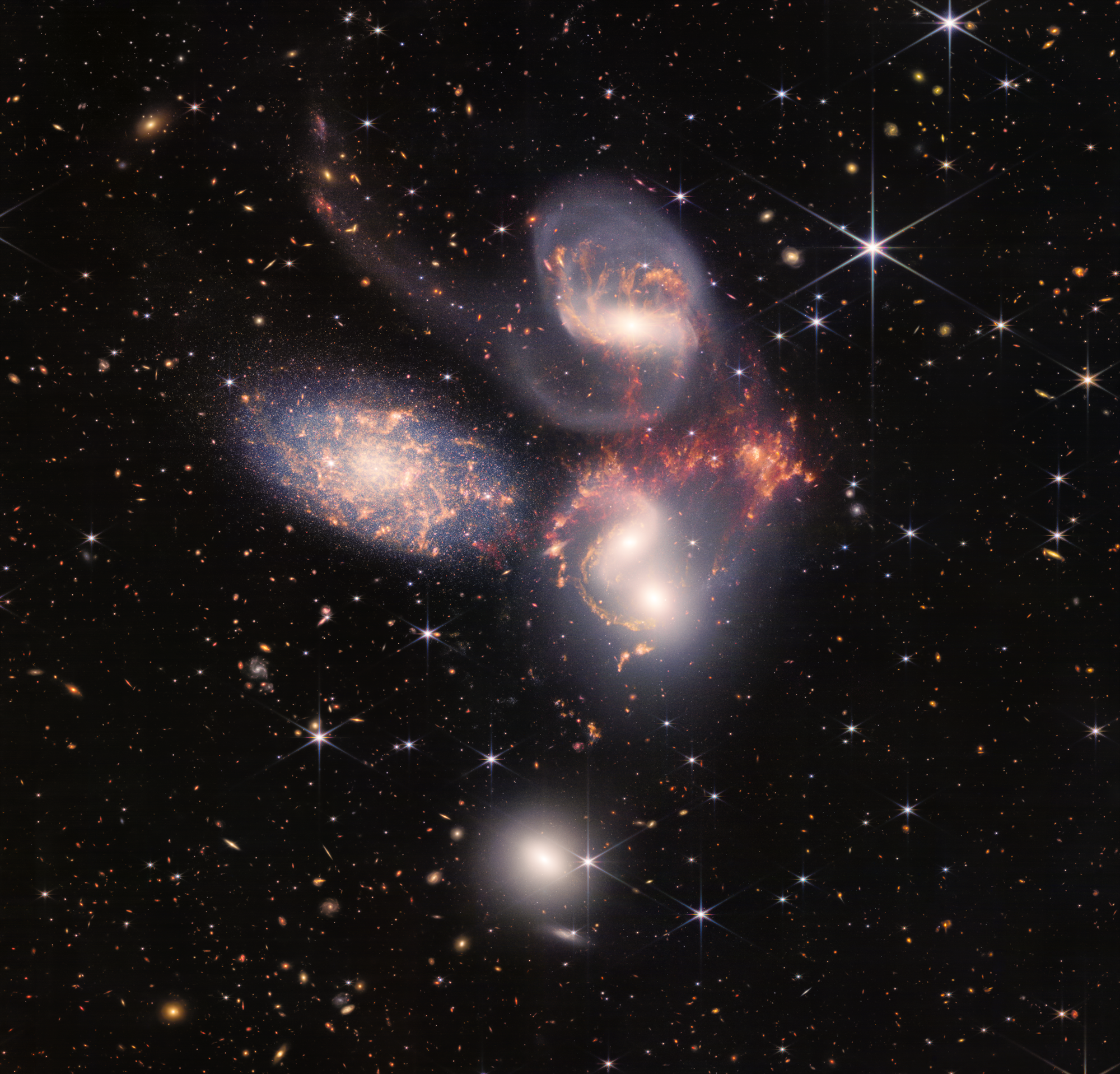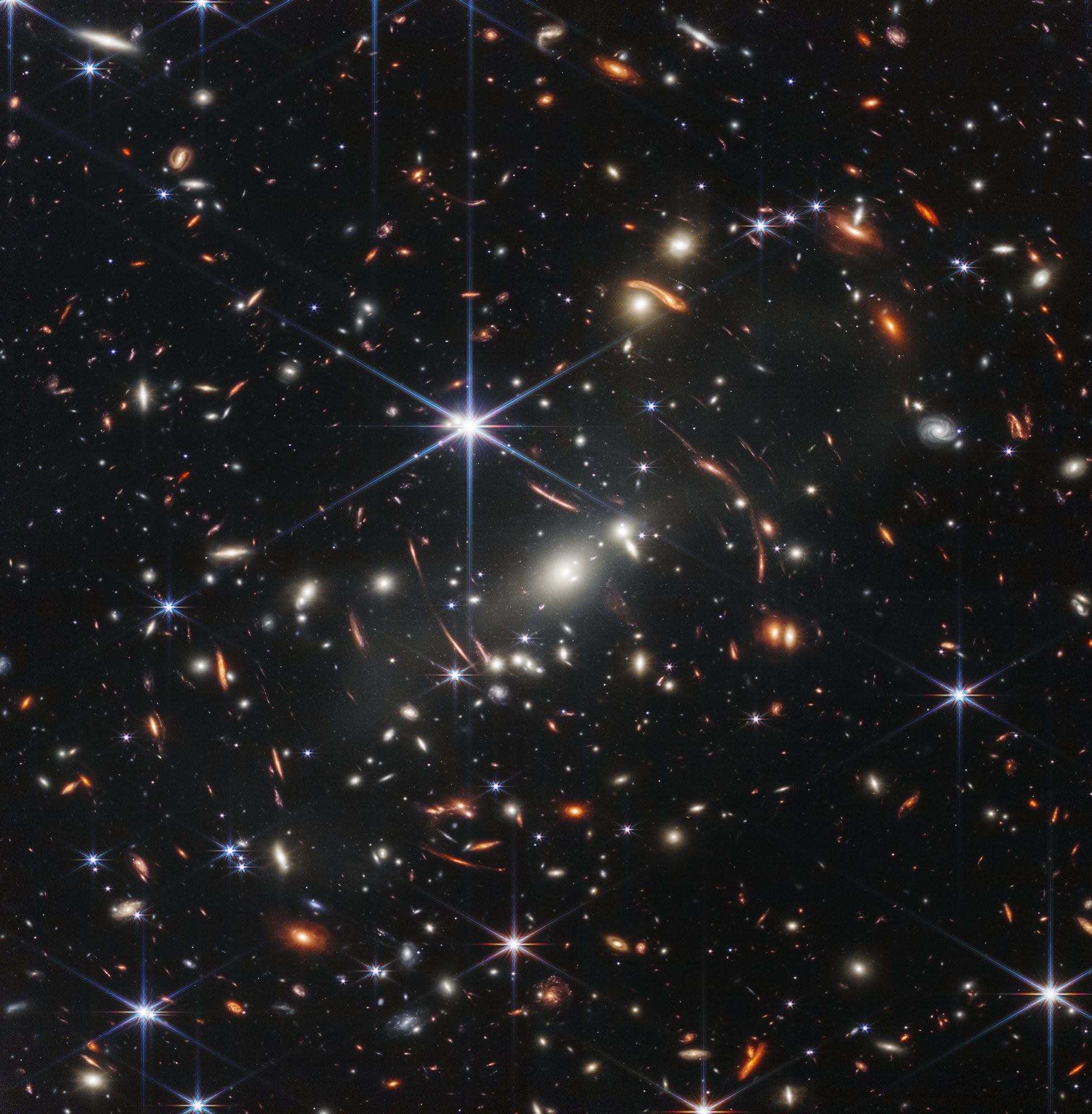Unpacking Time & Ageism:
Creating Alternative Pasts to the Future
What if one single image could contain all the experiences in this lifetime?
That’s what the James Webb Telescope captured in this historic picture of the first galaxies, when the universe was formed 13 million years ago¹.
As you process the magnitude of this discovery, take a moment to reflect on the individual/collective understanding of ‘age’ and ‘time’:
How old are you?
Finding out a person’s age is a window into the historical periods they’ve lived through. However, it’s important to ask more questions to learn more about their generational perspective, otherwise you might give in to age stereotypes.
What does aging mean to you?
Native American cultures and Indigenous Land across the globe both honor and encourage elders to pass down their wisdom and life experiences.
During the last year, how many meaningful conversations did you have with anyone 10, 20 or 40 years older/younger than you?
Did you learn about their dreams and worries?
Did you find any similarities or differences with yours?
How are age and time comparable on a macro scale?
Consider 100 years, the amount of time in a century, compared to one million years. Now consider a 20-year-old vs. an 80-year-old. With that context, how much different can they really be?
Do you see yourself as an ancestor for future generations?
Regardless of your choice to have children, seeing yourself as an ancestor makes you responsible for leaving a livable planet for everyone.
If you could select any point in time to take whatever climate action you wanted, what time period would you choose and why?
How would your action help in the fight against the climate crisis? Can you take this action today, too?






